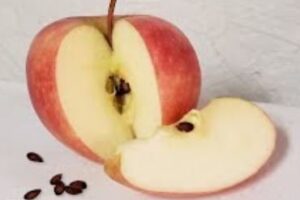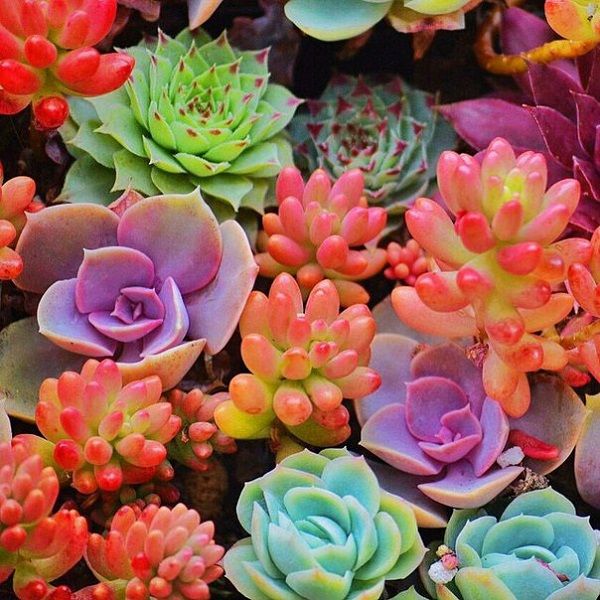Starting the Process
Starting a fruit garden can be a rewarding and enjoyable experience. Here are some steps to help you get started:
- Choose the right location: Select a spot in your garden that receives adequate sunlight for most of the day. Fruit plants generally require at least six hours of direct sunlight to thrive.
- Decide on the fruit varieties: Consider the climate and growing conditions in your region to choose fruit varieties that are suitable. Some popular fruit options for beginners include strawberries, blueberries, raspberries, apples, pears, and citrus fruits. Research which fruits grow best in your area and select varieties that are well-suited to your climate.
- Prepare the soil: Ensure the soil is well-drained and fertile. Test the soil pH and make any necessary adjustments to create an ideal growing environment for your chosen fruits. Incorporate organic matter, such as compost or well-rotted manure, to improve soil structure and fertility.
- Planting: Follow the specific planting instructions for each fruit variety you have chosen. Some fruits, like strawberries, can be planted directly into the ground, while others, like apple or pear trees, may require digging larger holes. Pay attention to spacing recommendations to allow sufficient room for the plants to grow.
- Watering: Adequate and consistent watering is crucial, especially during the establishment phase. Water your fruit plants deeply and regularly, aiming to keep the soil evenly moist. Be careful not to overwater, as it can lead to root rot. Mulching around the plants can help retain moisture and suppress weeds.
- Fertilizing: Fruit plants benefit from regular fertilization to support healthy growth and fruit production. Use organic or slow-release fertilizers specifically formulated for fruit trees or berries, following the recommended application rates. Be cautious not to over-fertilize, as excessive nutrients can harm the plants.
- Pruning and training: Learn about the pruning requirements for each fruit type you are growing. Pruning helps maintain plant shape, improve airflow, and promote fruiting. Some fruits, like raspberries and grapevines, require specific training techniques to ensure optimal growth and productivity.
- Pest and disease management: Monitor your fruit plants regularly for signs of pests or diseases. Implement appropriate pest control measures, such as using organic insecticides or introducing beneficial insects to combat harmful pests. Proper sanitation and cultural practices, such as removing fallen fruit and pruning diseased branches, can help prevent the spread of diseases.
- Harvesting: Enjoy the fruits of your labor by harvesting your fruits when they are ripe. Refer to specific guidelines for each fruit variety to determine the best time for harvesting. Remember to handle the fruit gently to avoid damage and store them properly to maintain their freshness.
- Continuous learning: Gardening is a continuous learning process. Stay curious, seek advice from experienced gardeners or local horticulture resources, and keep experimenting to improve your fruit garden over time.
Remember, patience is key when starting a fruit garden. It may take some time for your plants to become established and produce a bountiful harvest. Enjoy the journey and have fun with your new fruit garden!
Fruits and When to Plant Them
Here are some common fruits and their general planting times. It’s important to note that specific planting times can vary depending on your climate zone, so it’s always a good idea to consult local gardening resources or extension offices for more accurate information:
- Strawberries: Plant bare-root or potted strawberry plants in early spring or late fall, depending on your climate. It’s best to plant them as soon as the soil can be worked in the spring.
- Blueberries: Plant blueberries in late winter to early spring when the plants are dormant. This allows them to establish their root systems before the growing season begins.
- Raspberries: Plant bare-root raspberry canes in late winter or early spring, as soon as the soil is workable. Potted plants can also be planted in early spring.
- Apples: Plant apple trees in late winter to early spring while they are still dormant. The exact timing can depend on the specific apple variety and your climate.
- Pears: Plant pear trees in late winter to early spring, similar to apple trees. Again, the exact timing can vary based on the specific variety and your location.
- Citrus fruits (lemons, oranges, etc.): In regions with mild winters, citrus trees can be planted in early spring or fall. In colder climates, they can be grown in containers and moved indoors during winter.
- Peaches: Plant peach trees in late winter to early spring, just before the buds start to swell. They require a certain number of chill hours, so make sure you select a variety suitable for your climate.
- Plums: Plant plum trees in late winter to early spring, similar to other fruit trees. Choose a variety that is compatible with your climate and soil conditions.
- Cherries: Plant cherry trees in late winter to early spring. Sweet cherries and sour cherries have different requirements, so select the appropriate variety for your needs.
- Grapes: Plant grapevines in early spring, as soon as the soil can be worked. They prefer well-drained soil and require support structures like trellises or arbors.





